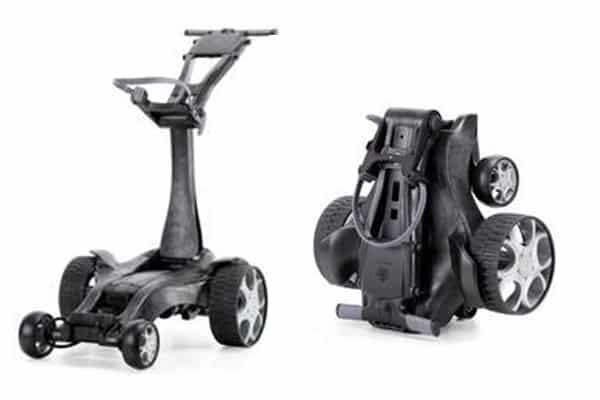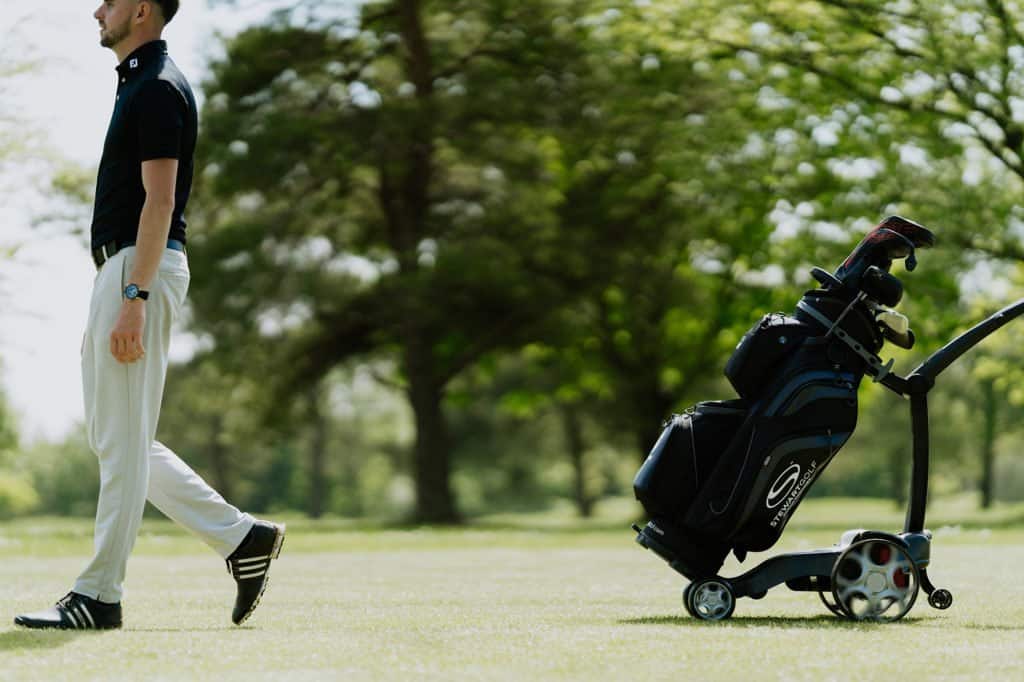
Hi I’m Phil, I founded D2M Innovation just over 10 years ago! I hope you enjoy reading this article. To have my team develop your project, fill in this contact form…
Golden Rules of Innovation
Over the next 5 weeks (every Friday), I’ll be sharing my five ‘Golden Rules of Innovation’ that I have learned from 10 years of experience working with hundreds of clients and their projects.
Today I’m going to share a story with you, that demonstrates why you SHOULD design a minimum viable product and why you should never over complicate a product with unnecessary features.
Sometimes, the temptation is to design an amazing, innovative product that does literally everything. We saw this on a project with a previous client. Initially, our prototypes had been well received at an international trade show and orders for over 20,000 products from distributors all over the world had flooded in. That’s a big number of initial orders, especially considering it was a pretty expensive product!
The client had run two rounds of investment and secured the necessary funds for tooling (injection mould tooling and set up costs with a manufacturer).
But suddenly, the client decided that they wanted the product to have more features. It had to have everything the main premium competitor had, plus all the Unique Selling Points (USPs) we’d already designed into the product.
It was a complete feature overload!
We disagreed with it and tried to make the client understand our point of view, but unfortunately, they were adamant. Fast forward six months and, due to all the added features, the price to manufacture the product had increased and almost every order was cancelled. Distributors wanted it at the lower price and they didn’t want the extra features – they wanted what they had seen at the trade show.
Ultimately, due to the price, the product didn’t sell as well as hoped and they very sadly ran out of money.
The lesson here is to always stick to a Minimum Viable Product approach:
- Get feedback along the way from your target market, distributors and retailers – and, importantly, listen to it!
- Don’t try to pack in too many USPs as your audience won’t be able to take them all in.
- Take advice that will help to reduce the cost of manufacturing your product, whilst keeping the core idea.
- Look for ways to utilise off the shelf parts that don’t require expensive tooling.
You shouldn’t be looking to create a product with a million features. Instead, you should be aiming to create an excellent, durable, appealing product that has the minimum features to be commercially successful and allow you to establish a foothold within the market.
One client who successfully took this approach was Mark Stewart, CEO of Stewart Golf. So let me tell you the story of the R1 Push Golf Trolley, the first product they developed with us. (Click here to see the case study!)
Actually, why don’t you see for yourself what Mark has to say?
Watch the video and then I’ll tell you a bit more about the process…
Stewart Golf already had a push golf trolley on the market, but it was a non-bespoke factory-gate design and they weren’t happy with the profit margins they were making.
Therefore, they wanted to launch a new push trolley. Mark and his management team had already designed a folding mechanism for the golf trolley as they had years of designing similar systems. However, they needed our expertise in product styling and ergonomics.
D2M isn’t one of those agencies that try and pigeonhole you into a standard process that’s convenient for their business. We understand that every project we take on is completely unique and we create a bespoke plan for every project we take on.
So, for Mark and his team at Stewart Golf, we really took time to understand why they wanted to do the product development and what success looked like for them.
They didn’t just need a new product design, they wanted:
- A design that they could hand-assemble themselves in the UK (previously they were importing their product fully assembled from the Far East).
- To increase their profit margins by reducing the manufacturing costs.
- A unique product to open new doors with international distributors.
All of this was quite ambitious.
The D2M team went to work producing beautiful concept designs, detailed CAD models and a series of prototypes, each building on the last to iterate and improve the design.
Twelve months later, it launched to critical acclaim. But what consumers don’t know is that it took five different prototypes, multiple factory-made samples and one of their team on-site at the factory in China for a total of six weeks.
It wasn’t easy, but they kept focused on the core vision and didn’t add unnecessary or costly features that their target market didn’t want. They ended up with a great product that sells really well!
As I mentioned earlier, we’ve since gone on to develop two more successful products with Stewart Golf.


Here’s a taster of what to expect over the next few weeks… I’ll be telling you about how one of our clients went from unemployed to turning over £1 million a year of his unique product…
On Day 5, I’ll be sharing an amazing tip to prevent copycat products without expensive legal fees. In fact, it’s something you can do for free!
Are you ready to start your innovation journey?
If you are ready to start your product development journey, why not submit your project for us to review? Or you can drop us an email: [email protected]
We endeavour to answer all enquiries within 48 hours on business days.
We’ll keep your idea entirely confidential under our NDA. My team will be happy to talk you through our process and to see if your project is something that we can help with!